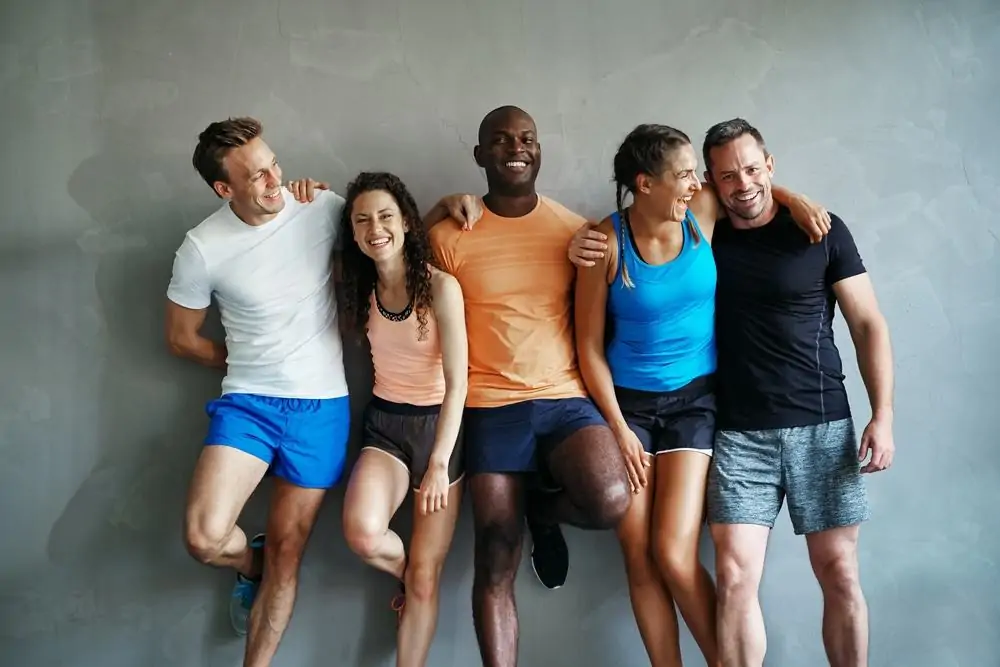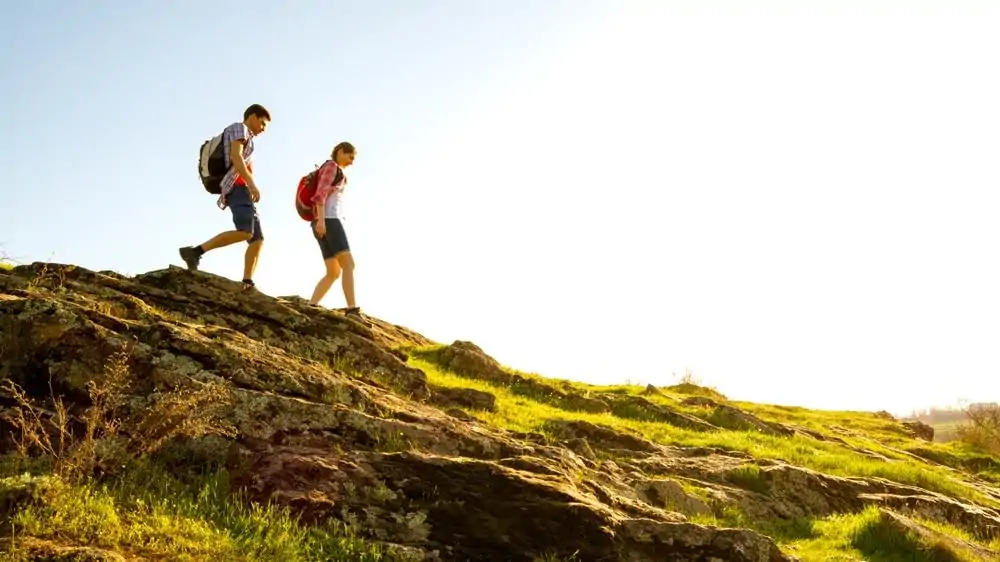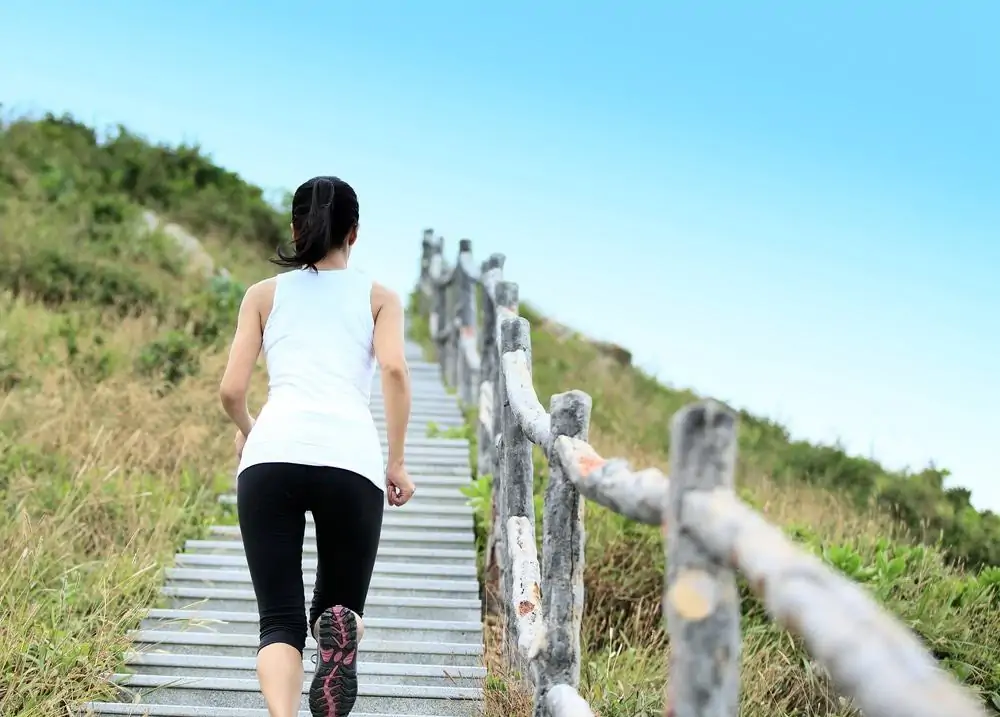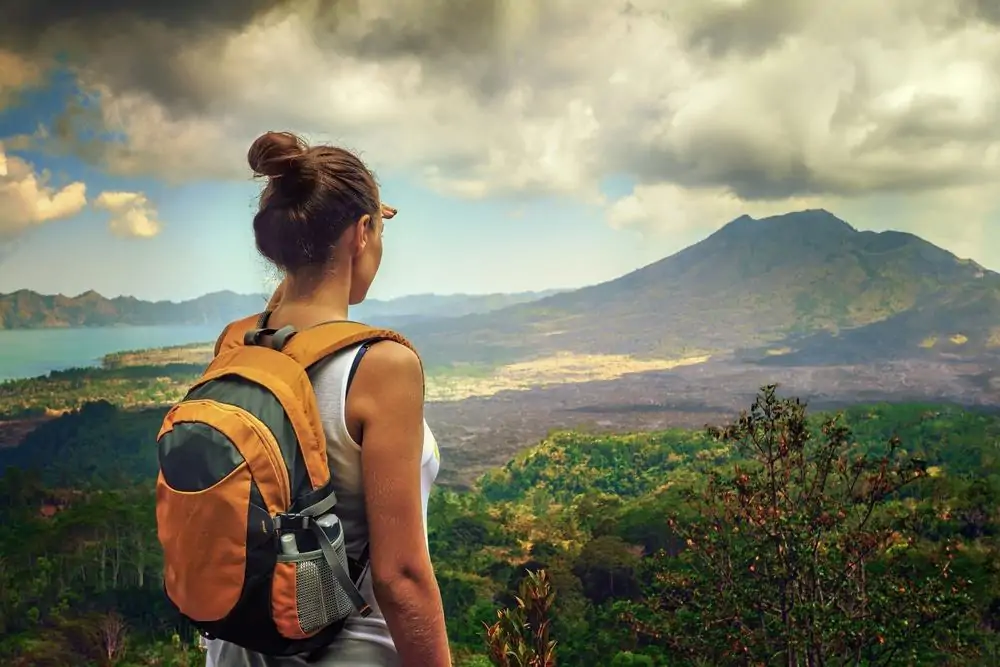
What makes summiting Mount Kilimanjaro, the world’s highest freestanding mountain and African’s tallest mountain, obtainable to many is that no technical mountaineering skills are required along most routes. What is commonly believed is that anyone who is in decent shape has a good shot at making it to the top.
To understand how fit you need to be, it’s useful to know what you will be required to complete on a day-to-day basis. On the days leading up to summit night, you need to be able to hike from three to seven hours, and then get up and do it all over again for multiple days in a row.
Most days, you’ll arrive at camp in the early afternoon. This will give you many hours to recover. The experienced guides set a very slow pace on the trails so everyone can hike comfortably. This is so your body can adapt to the higher altitudes.
The real test of your endurance comes on summit night, which is by the far the most intense part of the hike. It entails going from base camp to the summit and then return halfway down the mountain. You will need to be able to hike up to or over 14 hours, with the first six of those hours being in the darkness in extremely physically and mentally demanding conditions.
Needless to say, you should be in the best shape you can be for the expedition. Most people who attempt to climb Kilimanjaro have never hiked for so many days in their life. The more preparation you do, the easier it will be.
Let’s talk about how to prepare.
Consult with your Doctor

Before you start training, consult with your doctor. It is a good idea to get medical clearance no matter who you are, but it is especially important if you have a heart or lung condition, have high blood pressure, are pregnant, are older in age, or know of any other factor that may complicate things on a high altitude expedition.
Note that age alone does not preclude you from climbing Kilimanjaro. Dr. Fred Distelhorst climbed with Peak Planet in 2017 and broke the world record for oldest person to summit Kilimanjaro. He was 88 years old at the time!
How should I train?

Many people who are interested in hiking Mount Kilimanjaro are probably relatively fit. Training for at least two months before the climb, even if you’re in good shape, is recommended.
If you’re a little out of shape, start earlier. If you’re in great shape, keep training and focus on increasing duration (not intensity).
We started training 6 months before the climb and never felt muscle soreness or joint achiness on the mountain. While summit night was physically and mentally draining as our endurance was put to the test, our bodies were prepared.
Peak Planet recommends training for a minimum of 12 weeks, with hiking being the basis of your training.
If you live by mountains, practice both uphill and downhill hiking a couple times a week when possible. If you live in Florida (like me) or somewhere similarly devoid of mountains and hills, the use long walks on the beach or any other uneven ground as your closest substitute.
Don’t forget to incorporate some cardio into your training. Regularly engaging in aerobic exercises strengthens your cardiovascular system, which in turn will help your body efficiently process less oxygen.
You should aim to do at least a couple of long hikes or walks that span 6-7 hours long on back-to-back days as part of your preparation. Stair climbing, lots of walking, and other exercises for 30-45 minutes 3 times per week are all great ways to help you be in the shape you need to succeed.

Not only is hiking Kilimanjaro easier when you have trained for it, but studies have also shown that you are less likely to struggle with the elevation gain and therefore, less likely to have problems with Acute Mountain Sickness.
The altitude presents the biggest challenge for most climbers. High altitudes may diminish your appetite, disrupt your sleep, cause headaches, dizziness, and even nausea. Altitude sickness doesn’t discriminate and even the fittest person may have to be rushed back down. However, effectively preparing your body for the difficulties on the mountain will maximize your likelihood of making it to the top and increase your overall enjoyment along the way.
Pre-climbing training will build your confidence and help you maintain a strong mental state when the hardships of Kilimanjaro arise.
Don’t Forget to Your Pack and Shoes

While you train, hike or walk with the backpack you plan on wearing on Kilimanjaro. Put everything you plan on bringing with you inside your pack to get used to the weight. Your backpack on the mountain shouldn’t weigh more than 15 pounds.
My bag, while lighter on summit night than it had been on the prior days, felt significantly heavier at high altitude. You want a backpack that distributes weight properly on your body with waist and chest straps. It should have a secure fit so it’s not moving around.
Also, wear the shoes you will be using on the mountain during your training to break them in. Comfort is key. If your shoes cause blisters or other issues, find a pair that fits better.
The Final Word
Hiking Mount Kilimanjaro is challenging, but very doable, even for the common person. By preparing your body you give yourself the best chance to conquer the rooftop of Africa. Don’t be intimidated by its height or by other people’s tales of grit. It’s not as hard as you imagine. One step at a time is all you need to do at any given moment to keep making progress. Use the advice above to train effectively and adequately and your team will take you the rest of the way.


